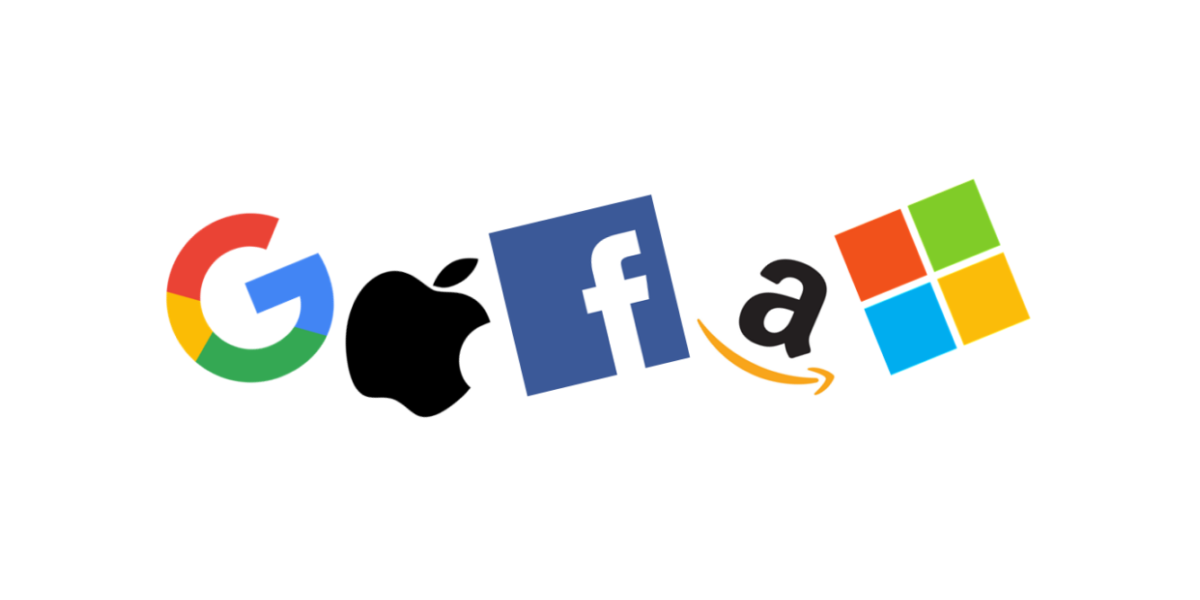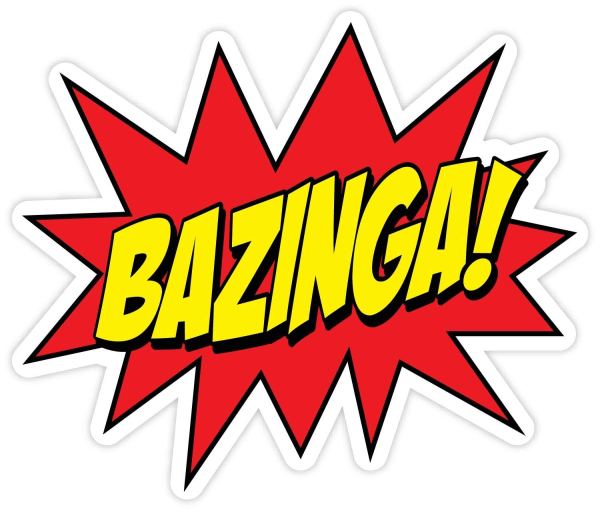
Apple has allowed developers to take payments outside the App Store !! Voluntarily without a Judgement or Order or any other form of legislation coercing them !! Who would have thought this day would come. 🙂 Atleast I admittedly didn’t.
It’s part of a settlement of course, so perhaps they saw the writing on the wall that the happy music was about to stop. But it still is a big stand down from Apple, a company known to steadfastly contest all suits and claims challenging its walled off ecosystem.
To quote from the report itself:
“The company is “clarifying that developers can use communications, such as email, to share information about payment methods outside of their iOS app,” Apple said in a statement.
Critically for Apple, the settlement excludes more significant App Store changes that were sought by some outside developers and legislators. The company is still requiring developers to sell their apps — as well as in-app items and subscriptions — using Apple’s payment system, which takes between 15% and 30% in commissions. Apple reduced the cut to 15% for all developers that generate $1 million or less annually last year. On Thursday, it committed to continuing that policy for the next three years.
The settlement also doesn’t require Apple to allow third-party app stores or the so-called sideloading of software. And the company doesn’t have to further reduce its revenue share.”
According to another report, “Apple also will set up a USD 100 million fund that will pay thousands of app developers covered in the lawsuit sums ranging from USD 250 to USD 30,000. App developers will get more flexibility to set different prices within their apps, expanding the options from about 100 to 500 choices.”
But the stand down doesn’t end here, shifting to news closer to home, South Korea’s National Assembly passed a bill last Tuesday requiring Google and Apple to open their app stores to alternative payment systems in South Korea. The move will definitely have a negative affect on the commissions on digital sales for both companies. Essentially, its an amendment to the Telecommunications Business Act, with the Korea Communications Commission, the Country’s media regulator, with the powers to enforce it.
And now right at home, we even have a Complaint having been filed before the C.C.I. as well !!
The big question – will these lead to reduced prices for consumers in the long run. My personal opinion – No. They’ll remain stagnant. Almost ninety percent of the Apps on both the stores are anyways free. The last ten percent, which comprise of paid as well as in App purchases, have not shown a trend of keeping costs low even when they were alternatives available to having to pay Google or Apple. The best example is Netflix, which has in fact been raising rates over time. Simply put, there are other factors besides an App Store/Play Store commission which determine pricing.











